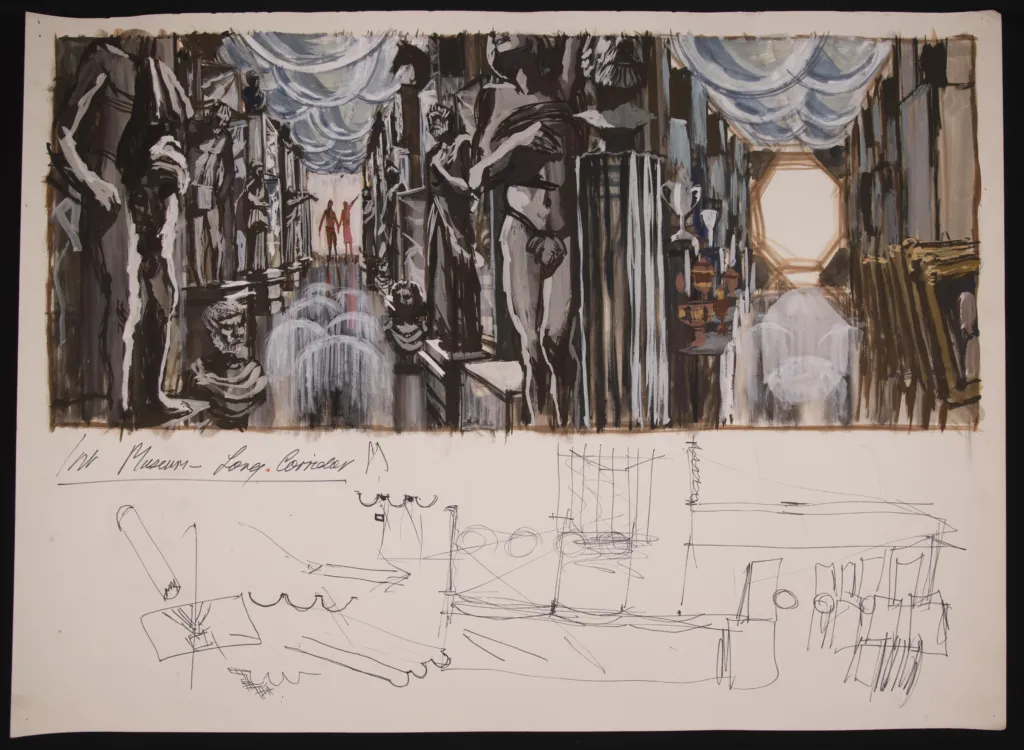Please update your browser
Your current browser version is outdated. We recommend updating to the latest version for an improved and secure browsing experience.
John Boorman
Scroll to explore the exhibition
John Boorman
- Introduction (John Boorman)
- Room 2: John Boorman's Working Method
- Room 3: Romanticism
- Room 4: Poetry and Myth
- Room 5: John Boorman's Use of Music
-
Introduction (John Boorman)
-
Room 2: John Boorman's Working Method
-
Room 3: Romanticism
-
Room 4: Poetry and Myth
-
Room 5: John Boorman's Use of Music
John Boorman
Room 3: Romanticism

Romantic Landscape
The Hay Wain (John Constable, 1821, National Gallery, London) [For John Boorman's thoughts on the different facets of Romantic painting in this room, refer to interview or Learn More]

Viewing Positions
Wanderer Above the Sea of Fog (Caspar David Friedrich, 1818, Hamburger Kunsthalle, Hamburg)

Romantic Ruins
Ruins of Eldena Monastery near Greifswald (Caspar David Friedrich, 1824-1825, Alte Nationalgalerie, Berlin)

William Blake
The Life of a Flea (William Blake, 1819, Tate Britain, London)
Room 5: John Boorman's Use of Music
Carmina Burana (Carl Orff, 1935)
The "Wheel of Fortune" from the Carmina Burana in Excalibur (John Boorman, 1981)




































